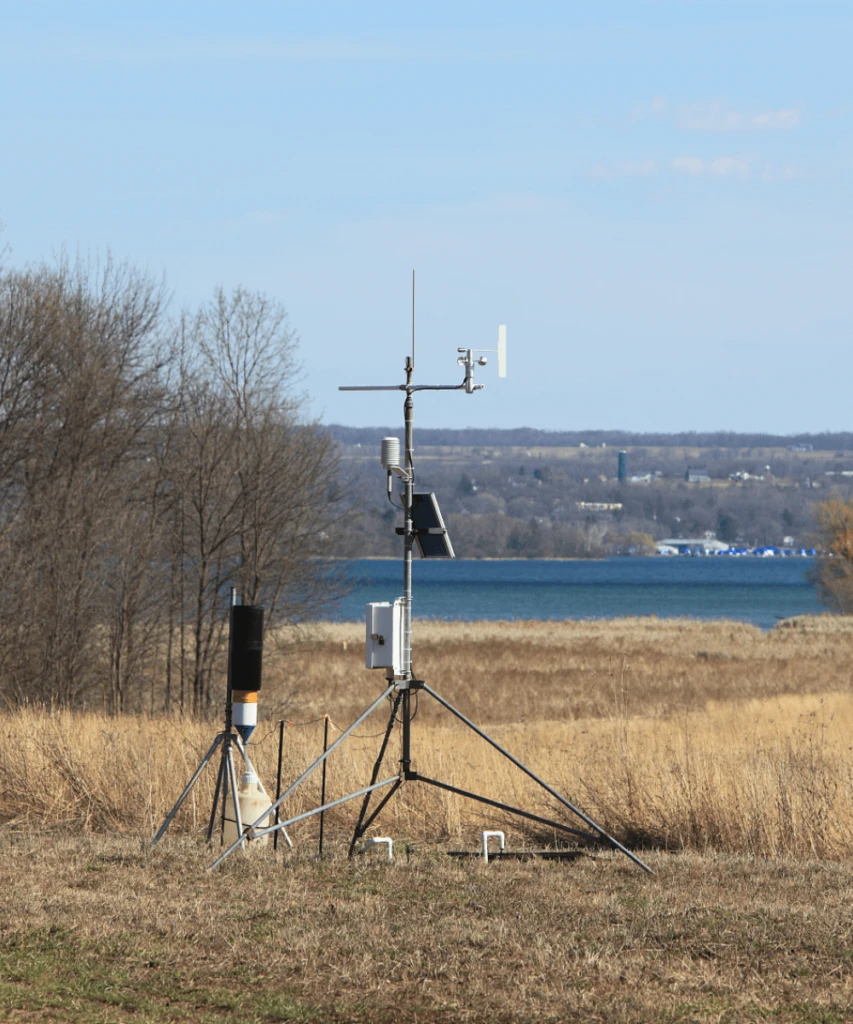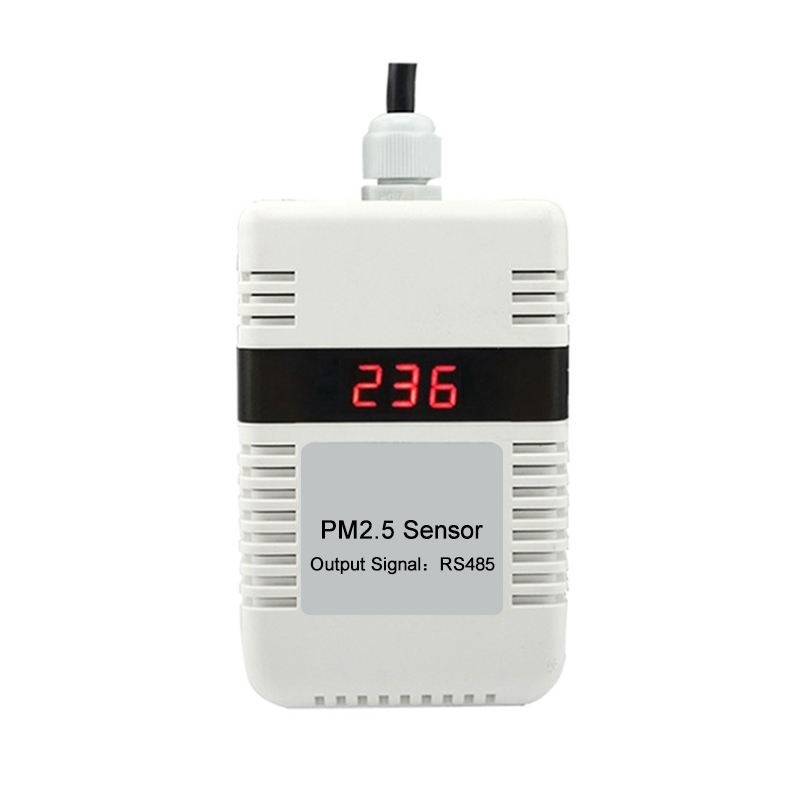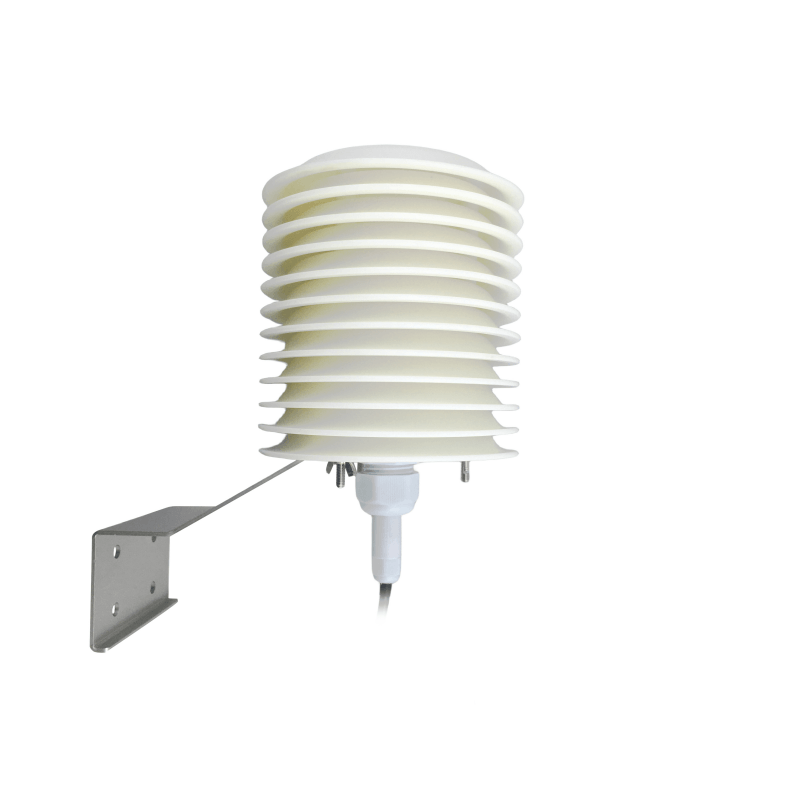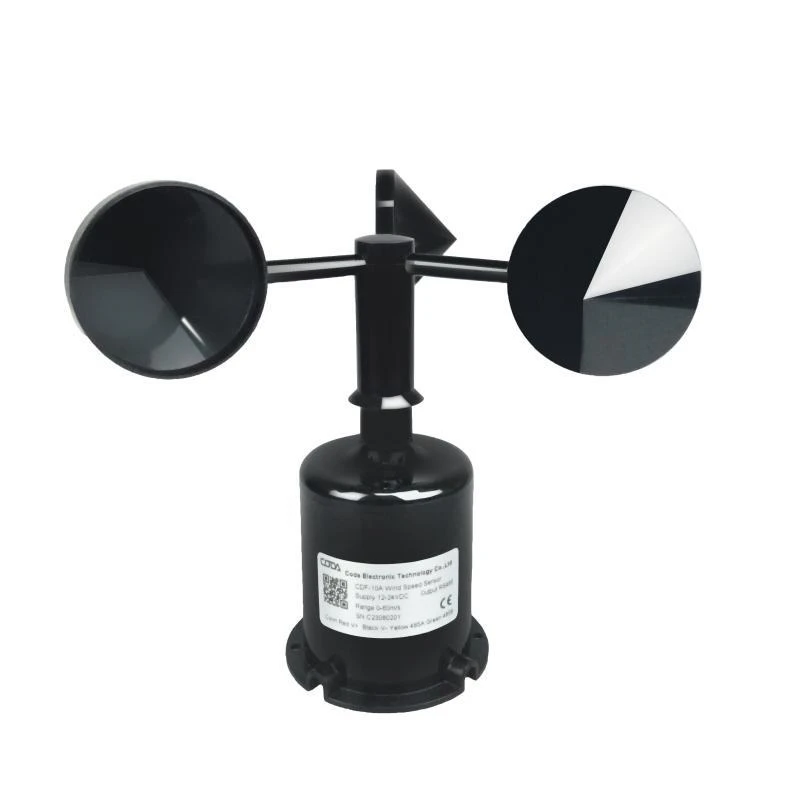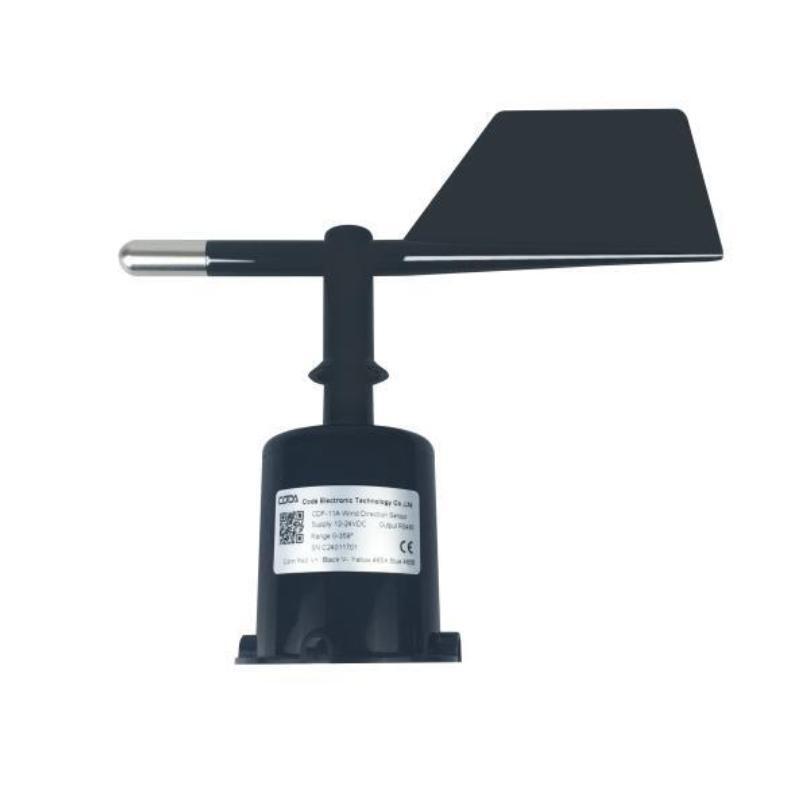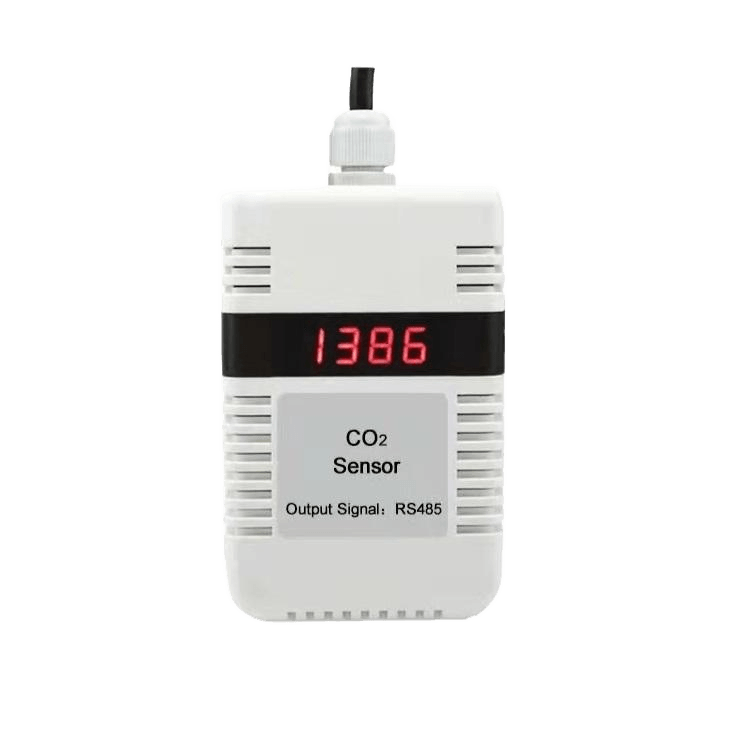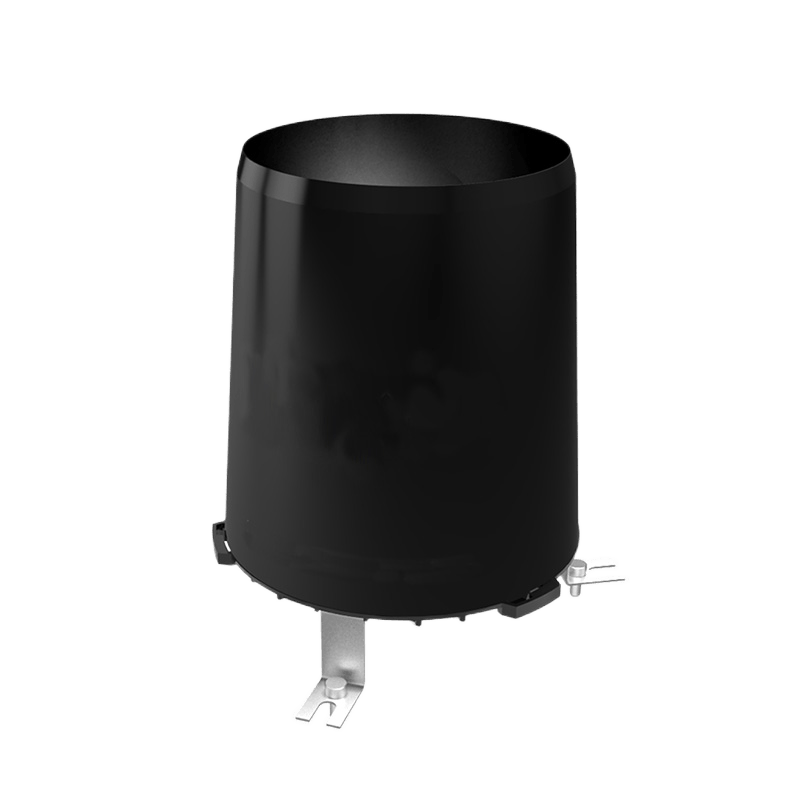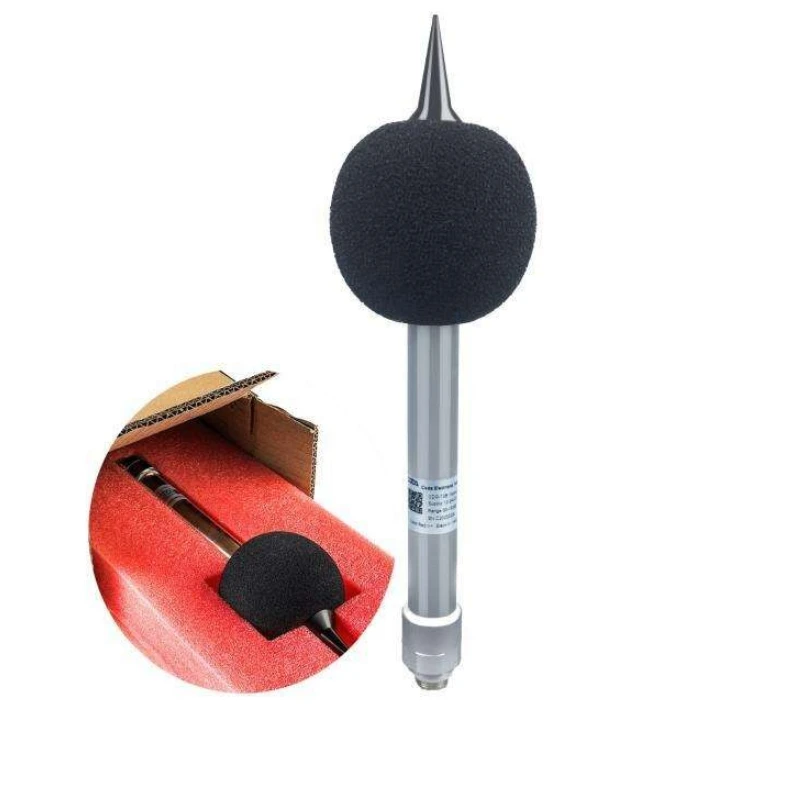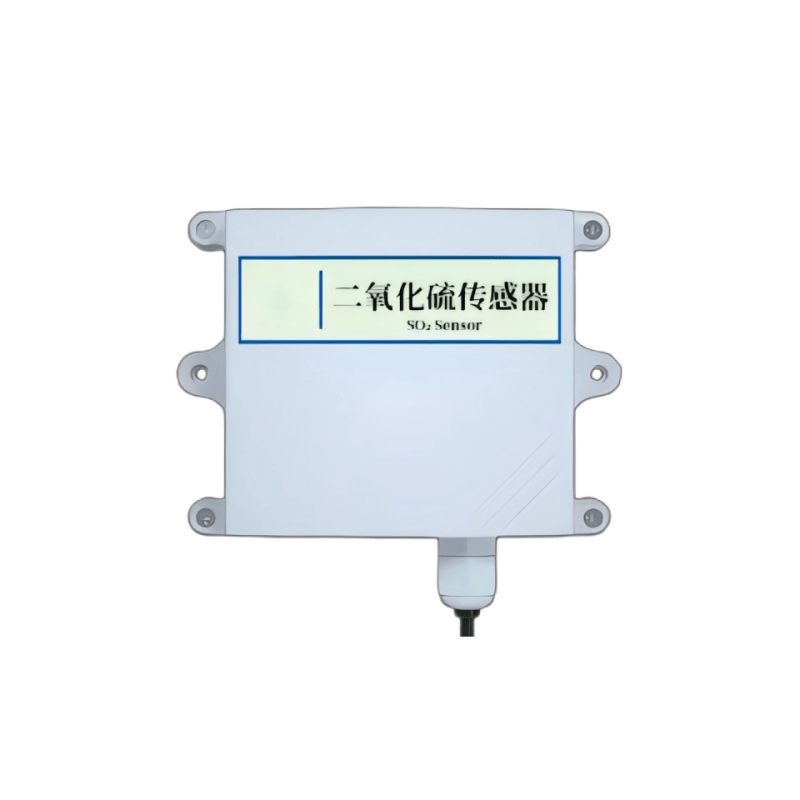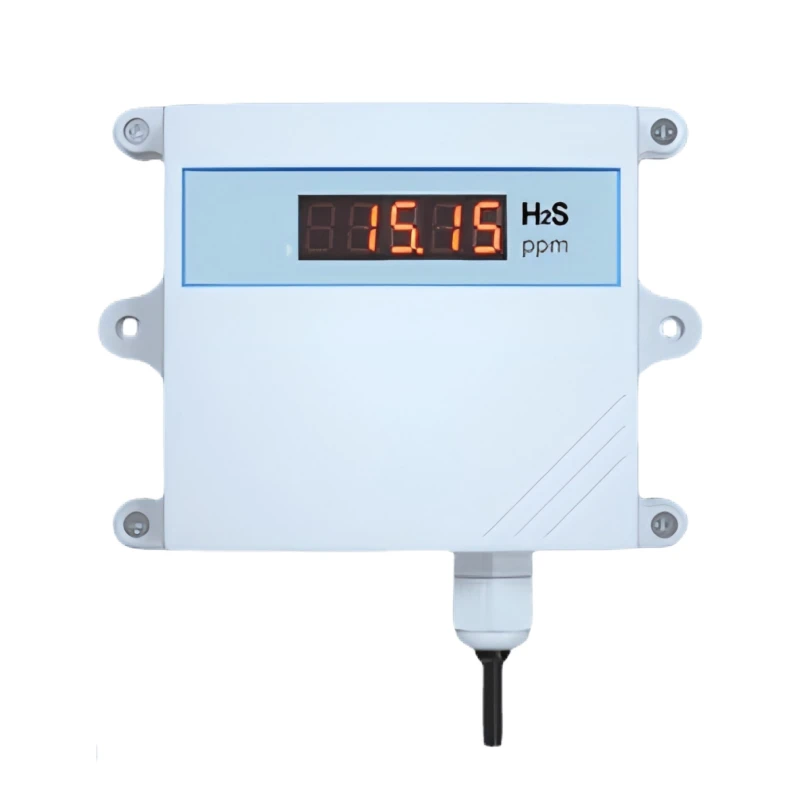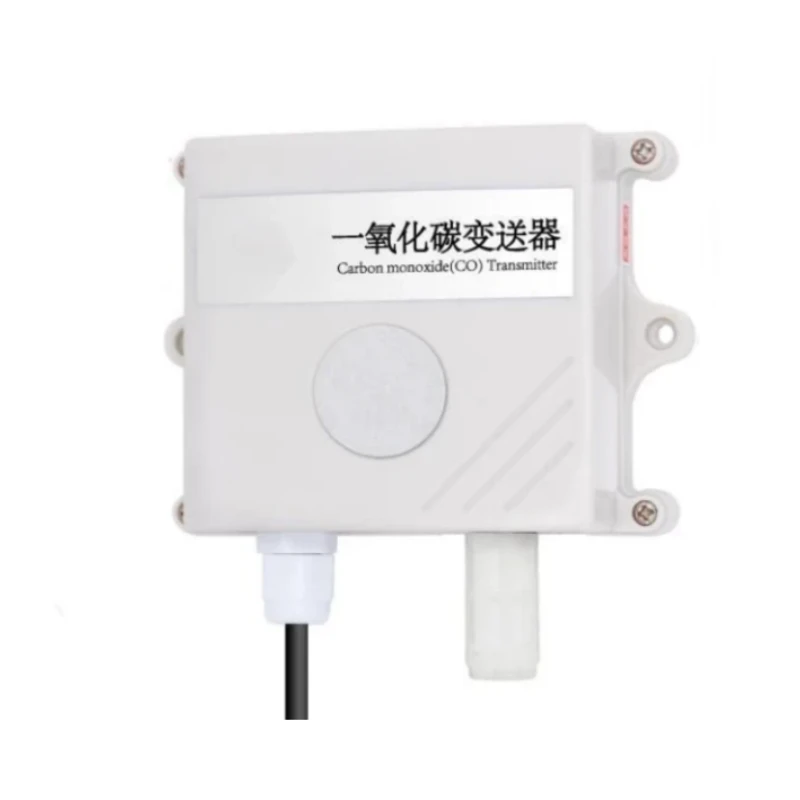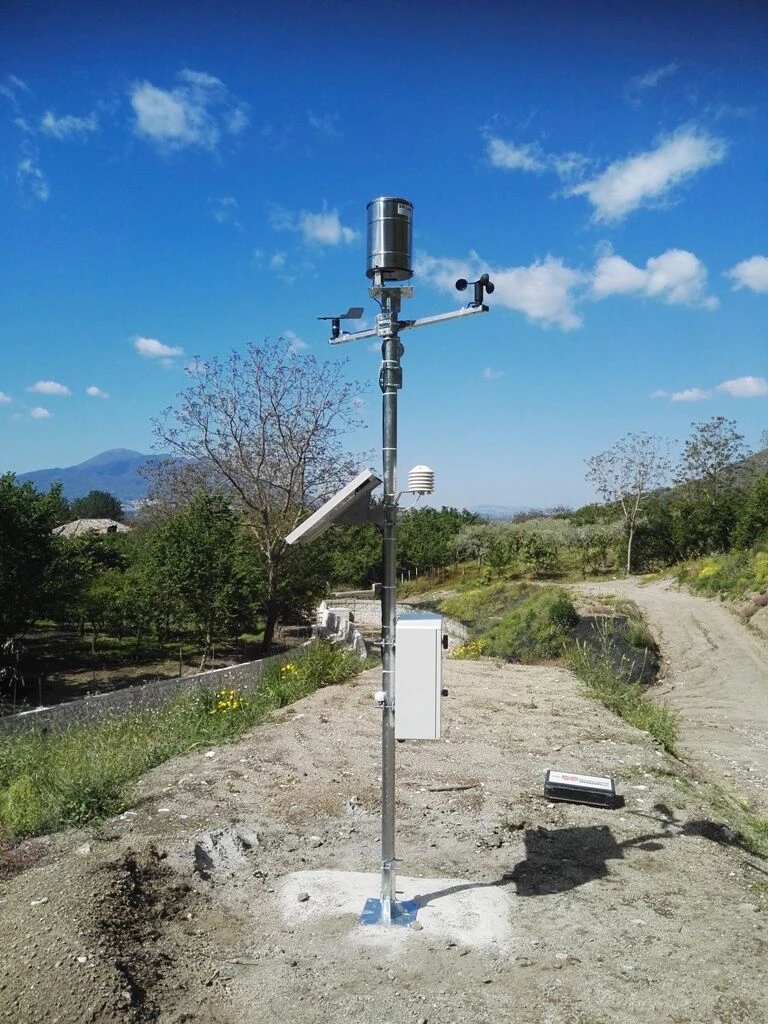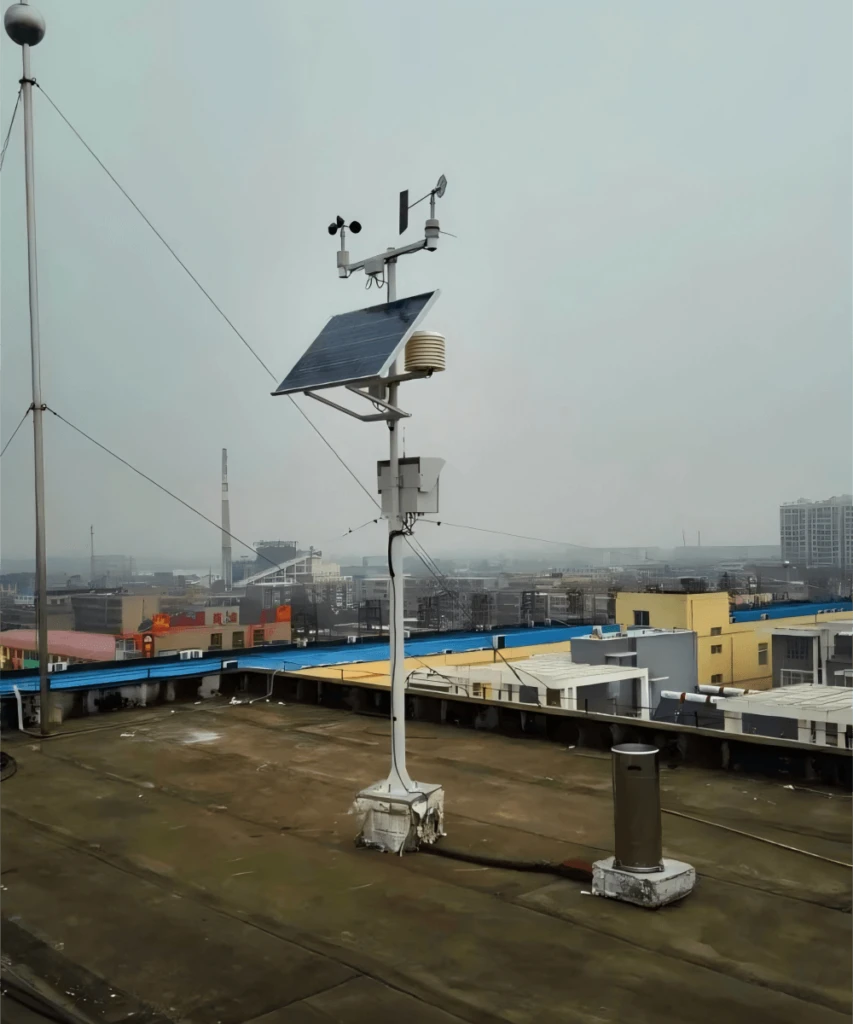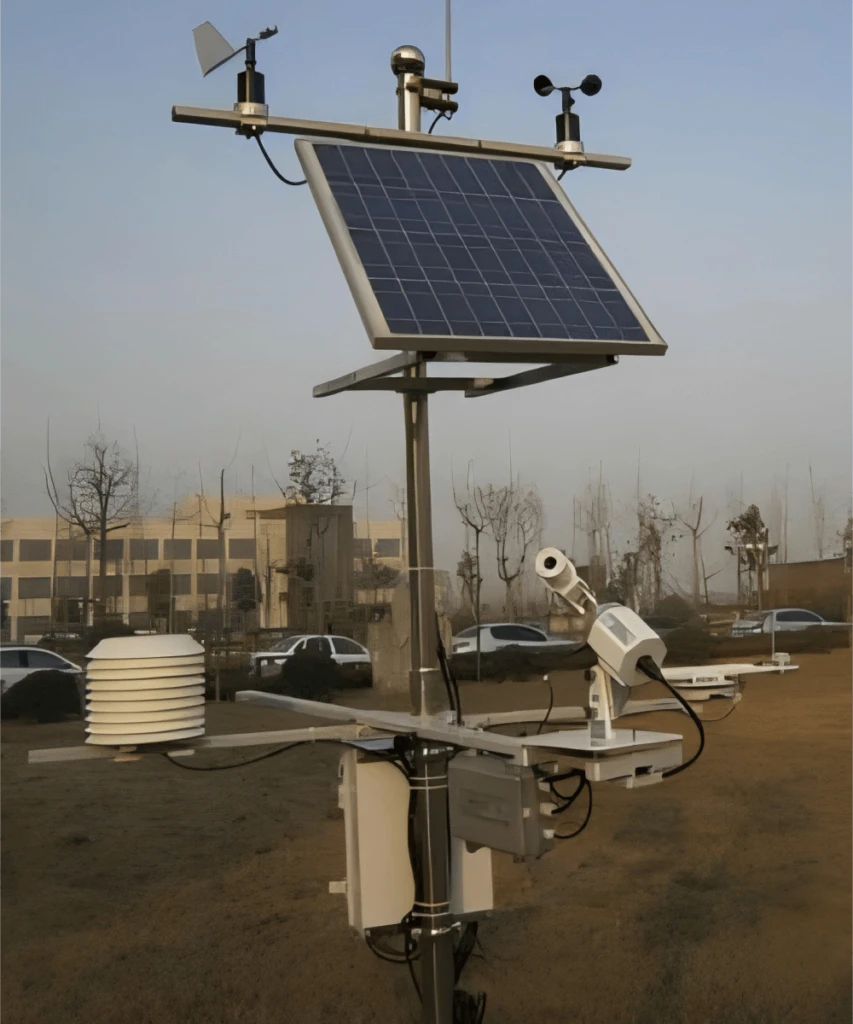Air Quality Monitoring Solution
Home » Air Quality Monitoring Solution
Air Quality Monitoring Iot environment Monitoring
Environmental monitoring means checking how clean and safe the environment is. It looks at pollution levels and how they change over time. This is done by measuring key factors that affect environmental quality.
Multi-parameter synchronous monitoring
The Internet of Things environmental monitoring system can connect to many sensors. It quickly gathers data on different environmental factors like air, water, and soil.
For example, we can use different tools to monitor the atmosphere. This includes sensors for small particles (PM2.5, PM10), sulfur dioxide, and nitrogen oxides. We can also use weather stations that measure temperature, humidity, wind speed, and wind direction. All of these can connect to the IoT platform.
This gives a full and real-time view of the weather conditions. It gives important information for many uses. This involves checking air quality, studying the weather, and helping to protect the environment.
remote data transmission
IoT technology sends data over long distances. It uses wireless networks like 4G, 5G, ZigBee, and LoRa. This means we can still send data quickly to the data center, even from remote places. These places can be the start of a river in the mountains or the edge of a quiet desert.
Big Data Analysis
The Internet of Things gathers a lot of data to monitor the environment. This data is important for big data analysis. We can look at this data. It helps us see patterns in environmental change.
We can also identify sources of pollutants. Finally, we can see how these pollutants spread.
Automatic operation
The IoT environment monitoring system can operate on its own. This reduces the need for manual work. The sensor device can collect and send data on its own. It can also check itself for problems.
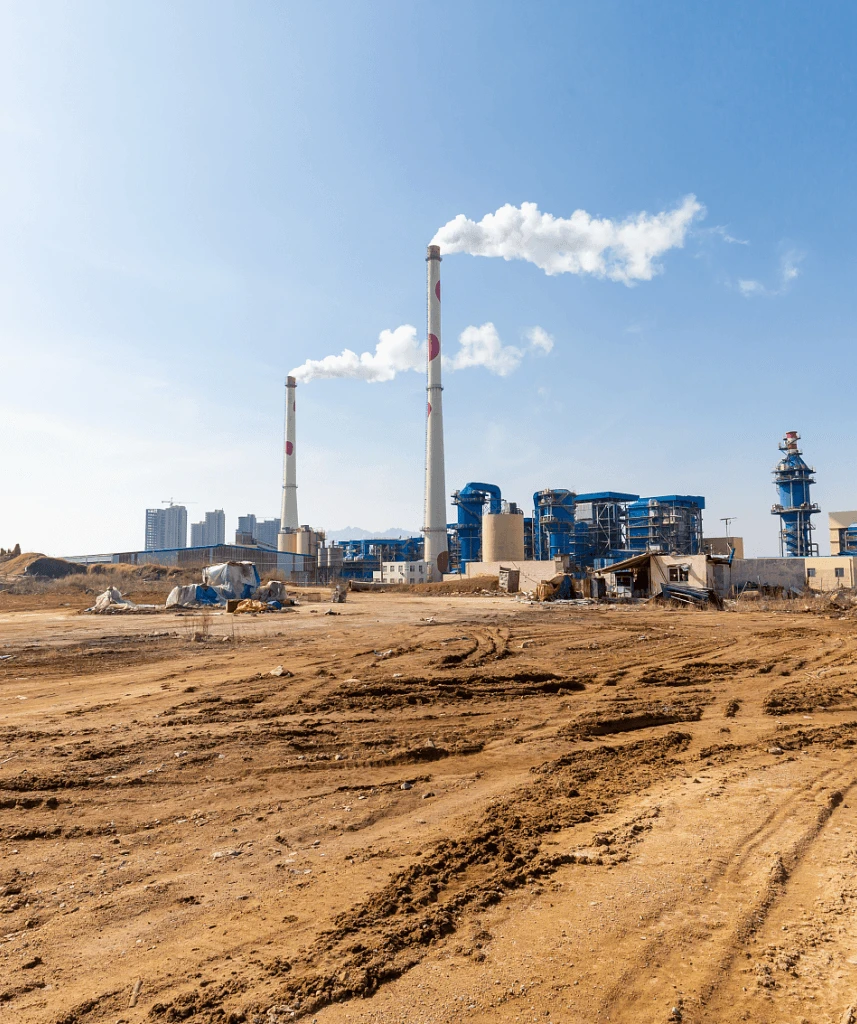


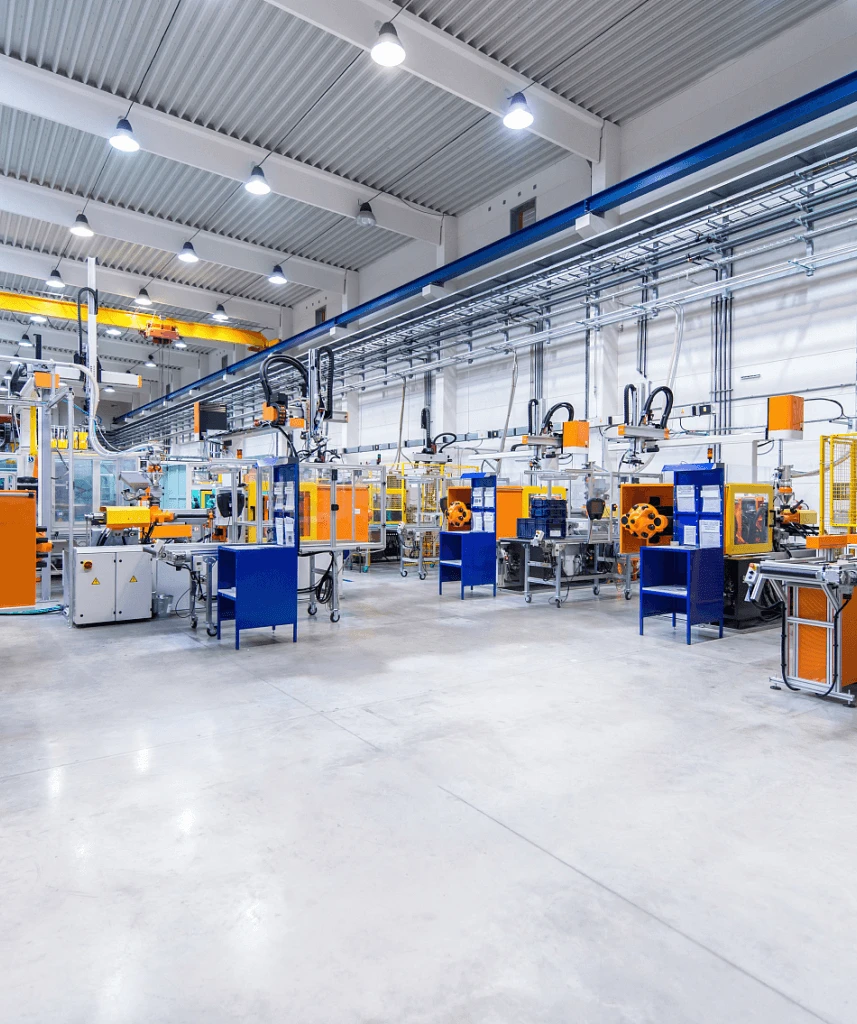
The application of sensors in Air Quality Monitoring
PM2.5/PM10 Dust Sensor
The dust sensor is a key part of the air quality monitoring system. It is made to measure and record the levels of different sizes of dust particles in the air.
Atmospheric Temperature, Humidity & Pressure Sensor
Function: The temperature around us affects how air pollutants spread. It also influences how quickly chemical reactions occur. For example, when temperatures are high, photochemical reactions speed up. This can lead to higher levels of pollutants like ozone.
Air humidity can affect how particles expand and how gases react. In a very humid environment, some particles absorb water and grow larger. This change can alter how quickly they settle and their optical properties.
Wind speed sensor and wind direction sensor
Function: Wind speed and direction affect how air pollutants spread. Near the pollution source, sensors can measure wind speed and direction. They can track the path of the pollutant and find out which areas it may impact.
The wind speed sensor usually uses a three-cup or propeller design. It measures wind speed by checking how fast the cups or propeller spin. Wind direction sensors use devices like wind vanes to find out which way the wind is blowing.
Such data are of utmost significance for pollution warnings and emergency responses. These sensors play a vital role in environmental monitoring and safety management.
CO2 Transmitter
Function: Measuring CO₂ levels inside and outside a room is important. It helps us decide how much ventilation is needed. In an office building, CO₂ sensors can be placed indoors and outdoors.
This allows for a comparison of the two levels. If the indoor CO₂ level is higher than a specific outdoor level, the ventilation system can change on its own. For example, this happens when the level exceeds 700 ppm.
Rain Sensor
Function: This helps us understand wet deposition. When it rains a lot, more pollutants come down. The rain drops these pollutants on the ground. As a result, the amount of pollutants in the air goes down.
noise Sensor
Noise sensors can measure how loud the sounds are around us. We can check the sound quality in many places. This includes homes, businesses, factories, and busy roads. By watching noise levels, we can see if they meet the needed standards.
SO2 Sensor
Function: Sulfur dioxide mainly comes from burning fuels that contain sulfur, like coal and oil. It irritates the airways and can cause coughing and wheezing. It also contributes to acid rain in the atmosphere.
H2s sensor
Hydrogen sulfide is an important measure for checking air quality. When monitoring air quality, we look at common pollutants like particulate matter, sulfur dioxide, and nitrogen oxides. The amount of hydrogen sulfide can also show how polluted the air is and its quality. In some industrial areas or chemical parks, hydrogen sulfide can be a major air pollutant.
CO Sensor
Carbon monoxide is a colorless and odorless gas that is very toxic. It mainly comes from car exhaust and burning fossil fuels. When it enters the human body, it attaches to hemoglobin.
This reduces hemoglobin’s ability to carry oxygen. In serious cases, it can cause poisoning and even lead to death.
Air Quality Monitoring Customer Case
Background:
The site is in an open field in the village center. The terrain is high and open, making it good for monitoring the surrounding area.
Air Quality Monitoring equipment:
This device has PM2.5 and PM10 sensors to monitor airborne particles. It uses advanced laser methods to measure the amount and mass of tiny particles accurately.
Sensors for sulfur dioxide (SO₂), nitrogen oxide (NOₓ), and carbon monoxide (CO) have been set up. They will detect emissions from industrial exhaust. This is important because there may be small processing plants near the village.
It also has sensors for weather measurements, including temperature, humidity, wind speed, and wind direction.
Results:
Using long-term monitoring data allows for a clear assessment of the environmental quality in this rural area.
If the level of PM2.5 is too high for several days in a row, we can send out air pollution warnings. This is especially true when the weather is not good for spreading out pollution, like when there is light wind or a temperature inversion.
Background:
The place is on a commercial building in the city center. The area around it has shops, homes, and busy roads.
Air Quality Monitoring equipment:
PM2.5 and PM10 sensors use advanced laser scattering technology. These sensors can measure the amount of airborne particles. They detect particles that are 2.5 microns and 10 microns in size or smaller.
Temperature, humidity, and pressure data are important for assessing urban environmental quality and ecosystem health. Measurements taken from the top of a building can reflect the atmospheric conditions in that area.
Results:
By combining weather data with Geographic Information System (GIS) technology, we analyze air quality data. This helps us find where pollutants come from.
For example, when we monitor sulfur dioxide levels in an area, we look at wind direction and speed. We also consider the layout of nearby factories. This helps us decide if the pollution comes from these factories.
Background:
The park is a large industrial area. It includes factories, office spaces, warehouses, and logistics services. It also has facilities to support daily life.
Air Quality Monitoring equipment:
Air quality monitoring stations are located in the park’s central area. They are also near the industrial area, the staff dormitory, and the traffic road.
The wind speed sensor has three cups. It measures wind speed by calculating how fast the cups spin. The wind direction sensor uses a wind vane to show which way the wind is blowing. These weather measurements are very useful for understanding how pollutants spread and move.
Results:
We provide environmental data services to businesses. This helps them understand how their production affects the environment. As a result, companies can improve their production methods. They can also use resources more efficiently and reduce pollution.
LEAVE A MESSAGE
Just tell us your requirements, we can do more than you can imagine.

Welcome to Hunan CODA Electronic Technology Co., LTD
- Building S5, Oakes Plaza, Changsha, Hunan
- Monday to Friday: 9:00 a.m. to 20:00 p.m
- (+86)17775769236
- [email protected]
